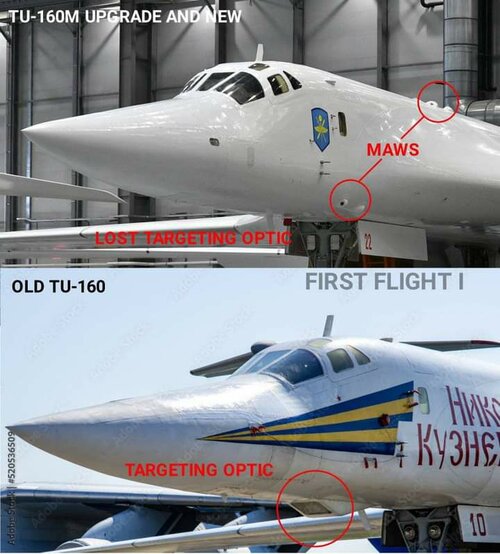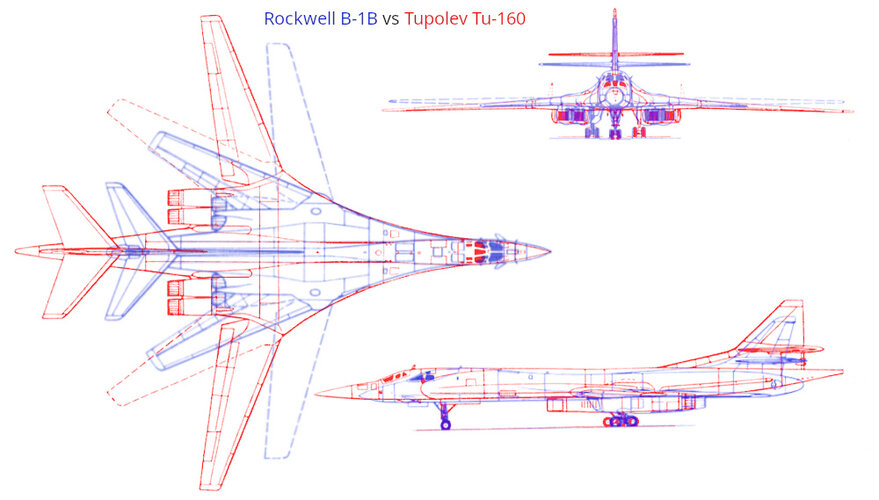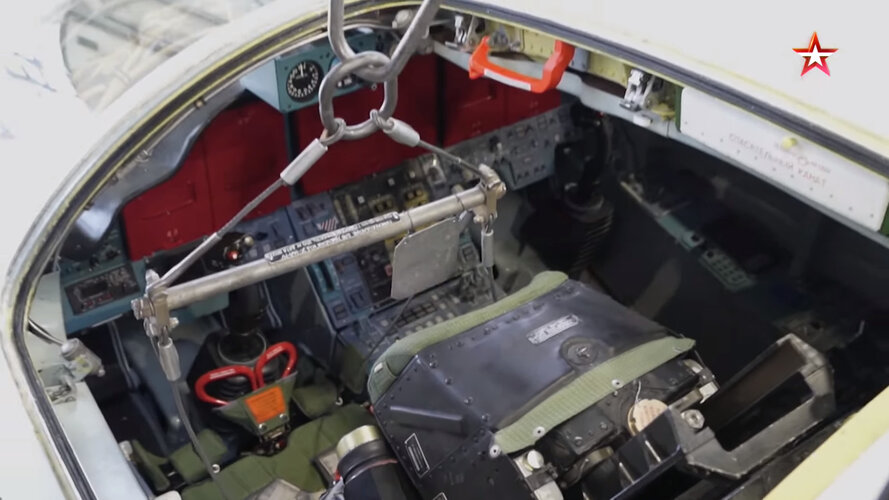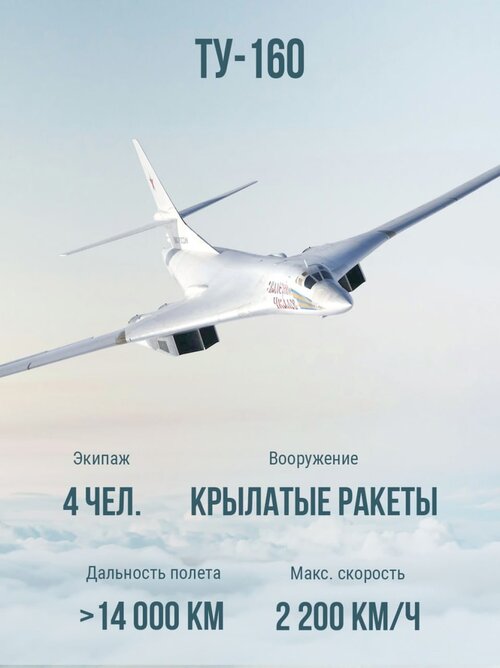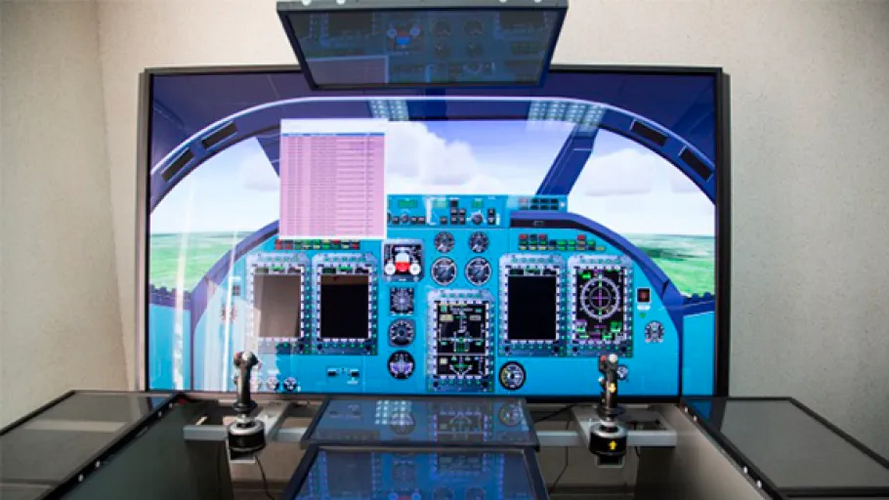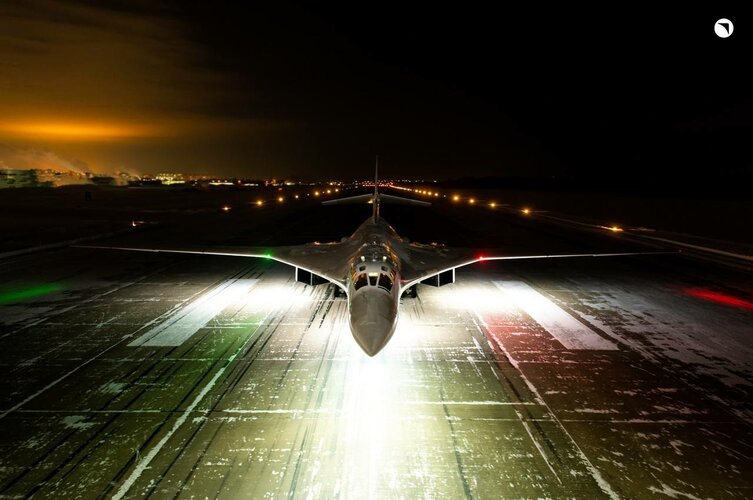Intercontinental lobbing off missiles would be same as it was always planned over the Arctic Circle.The post says: "as efficient".
Hence any less efficient engine will result in a noticeable bigger airframe.
Add the extra length Russian bombers have to cover to strike back Continental US and the Raider size is probably not realistic.
I don't know what size PAK-Da would be but it would make sense if it were a smaller plane than B2 , since iron bomb payload is not the primary weapon. Not much need for supersonic bombers


